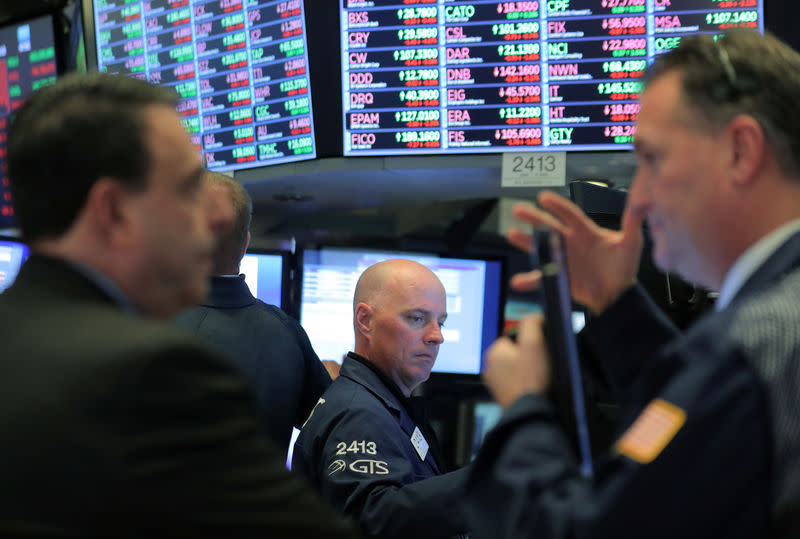The ‘Santa Claus’ rally could come early this year

With the S&P 500 (^GSPC) barely positive for 2018, the ‘Santa Claus rally’ can’t come soon enough.
Typically, the ‘Santa Claus rally’ refers to strong stock performance in the final five trading sessions of the year and the first two sessions of the next year — for a grand total of seven days of strength.
The S&P 500’s average return during the ‘Santa Claus rally’ is 1.35%, according to LPL Research.
According to Scott Wren, senior global equity strategist at Wells Fargo Investment Institute, the ‘Santa Claus rally’ could commence toward the beginning of December this year.
That’s because President Donald Trump is set to meet with China’s President Xi Jinping at the G-20 Summit in Argentina, which starts on Nov. 30.
“Even just a whiff of good news from the meeting could boost the market,” Wren told Yahoo Finance, adding that a full-blown trade deal isn’t likely.
The other factor that could spark an early ‘Santa Claus rally’ is a tint of dovishness in the Federal Reserve’s December statement, due on Dec. 19.
“The market would feel pretty darn good if we had any hint from the Fed that they’re not going to get tougher — that they’re absolutely not going to raise more than 3 times next year,” Wren said, adding that a December 2018 rate hike is priced in and wouldn’t disrupt any rally.
Wren is expecting a pretty strong rally through the end of the year. Wells Fargo Investment Institute maintains a 2,800-2,900 year-end price target on the S&P 500. That represents roughly 3%-6.8% growth from its current level of 2,715. That’s not a bad return over 6 weeks.
In terms of the sectors that could lead the charge heading into the final weeks of the year, Wren is bullish on the industrials, financials, consumer discretionary and health care sectors.
The theme centers around the continuation of decent economic growth in 2019 (both domestically and abroad), rising U.S. wage growth and the possibility of thawing trade tensions.
Meanwhile, Tom Lee, Fundstrat Global Advisors managing partner, is focused on the sectors that were hit the hardest during the October selloff, where the S&P 500 slipped almost 7%.
“We expect the sectors hit the hardest to lead into year-end, hence, growth stocks,” he wrote in a note to clients on Tuesday.
Scott Gamm is a reporter at Yahoo Finance. Follow him on Twitter @ScottGamm. Follow Yahoo Finance on Twitter, Facebook, Instagram, Flipboard, LinkedIn, and reddit.
More from Scott:
These 2 forces could prompt companies to cut capital expenditures
Mike Mayo warns of a capitalism ‘civil war’ if Congress passes this bill


